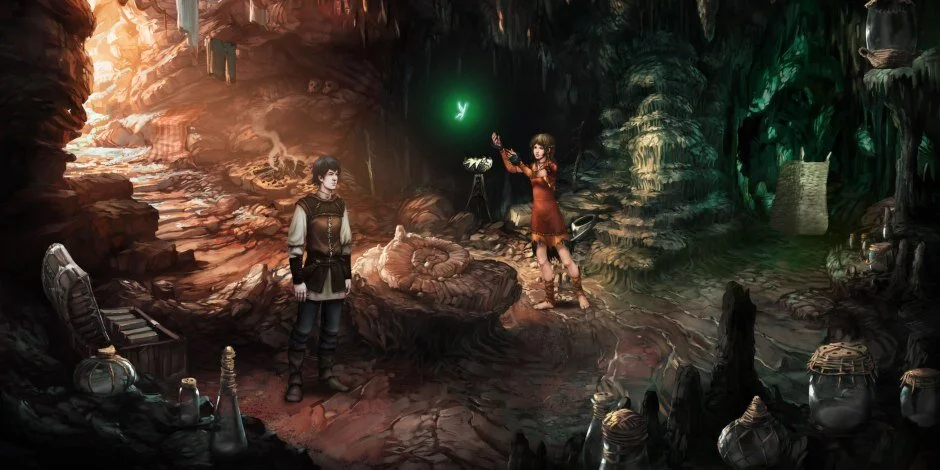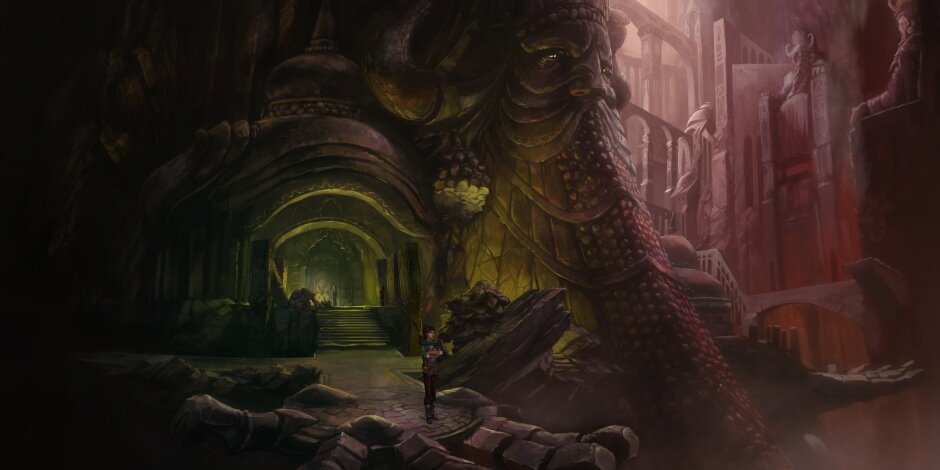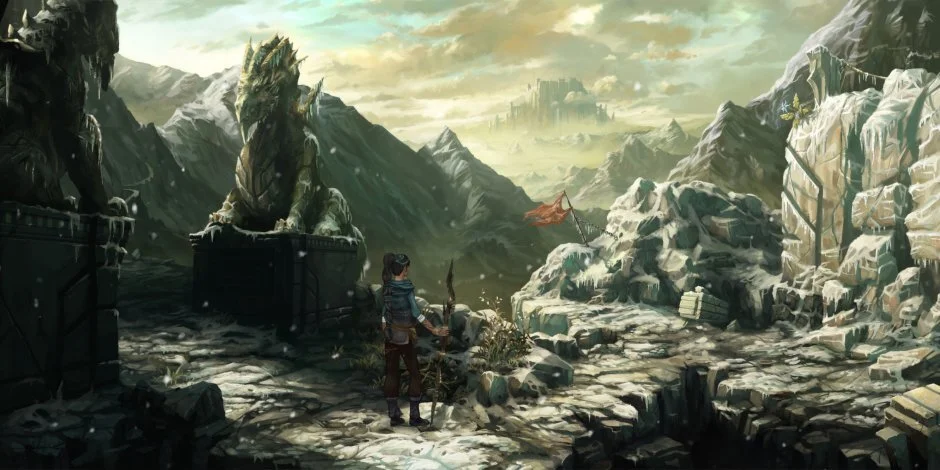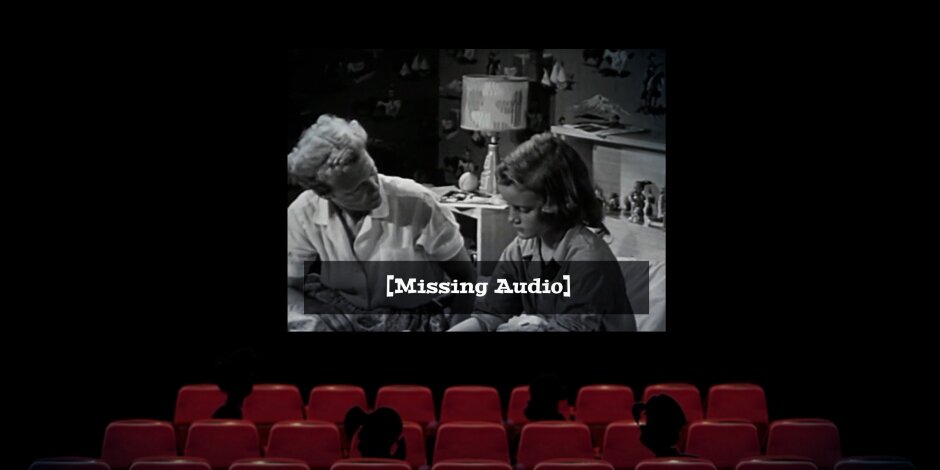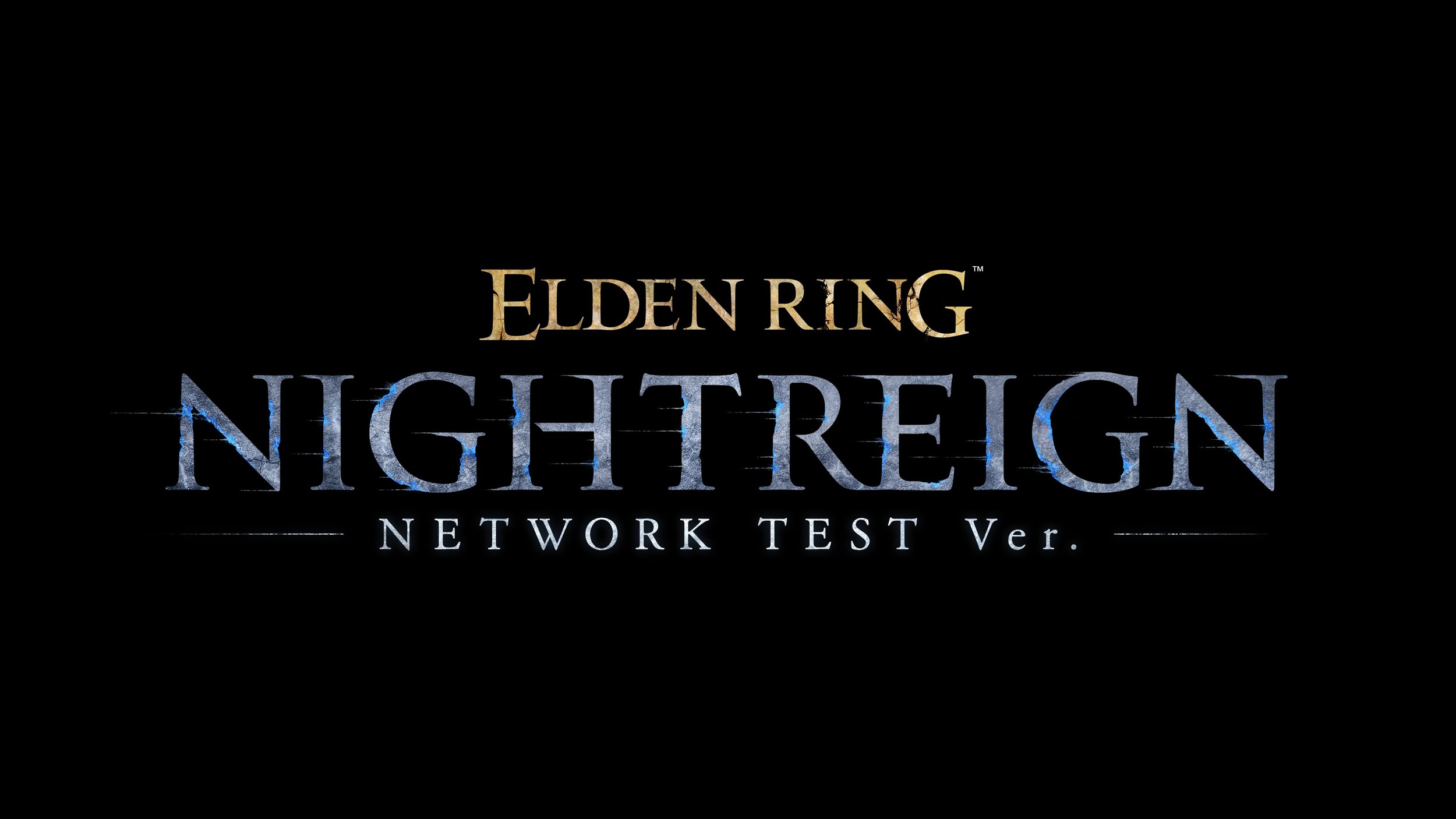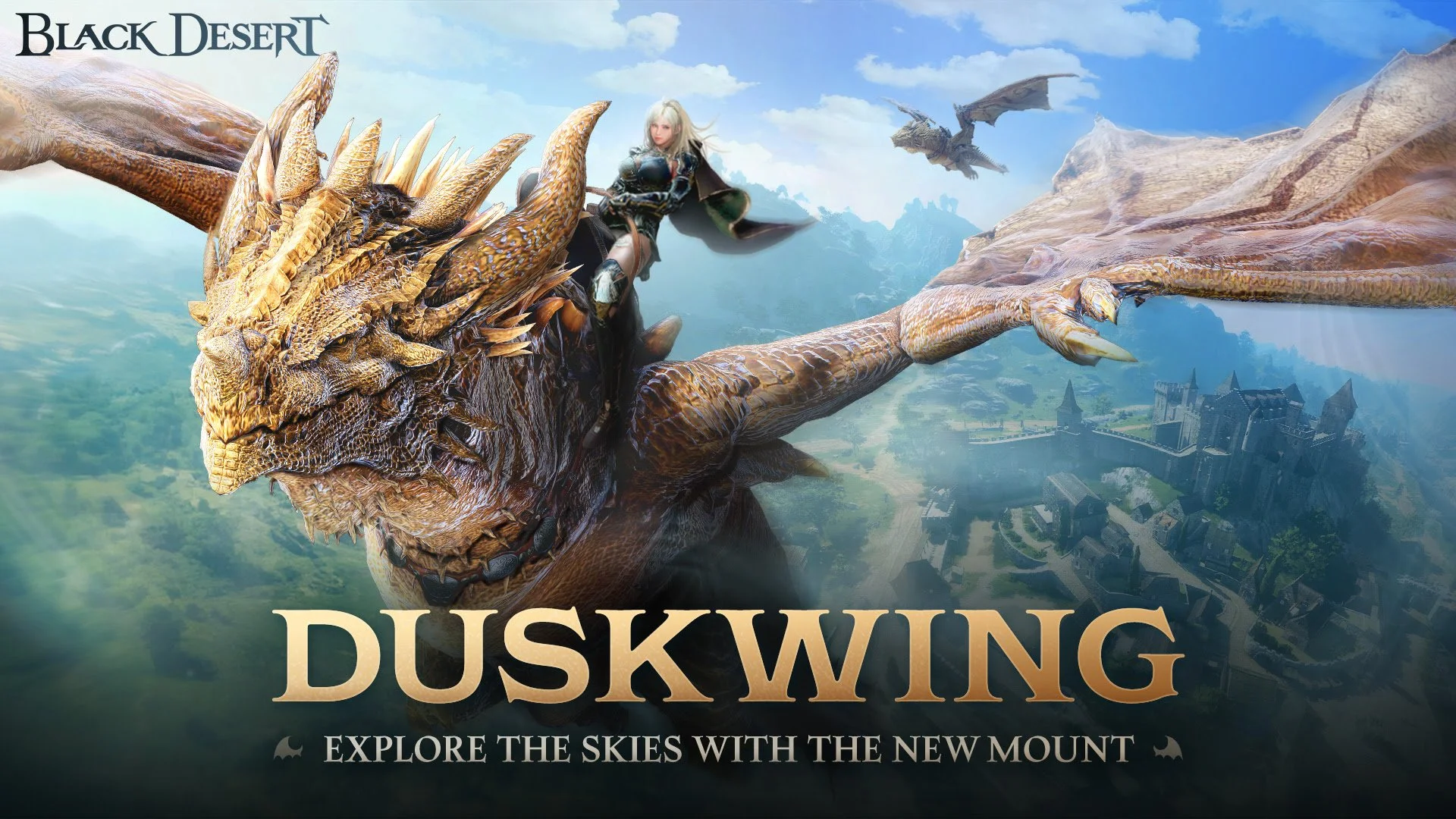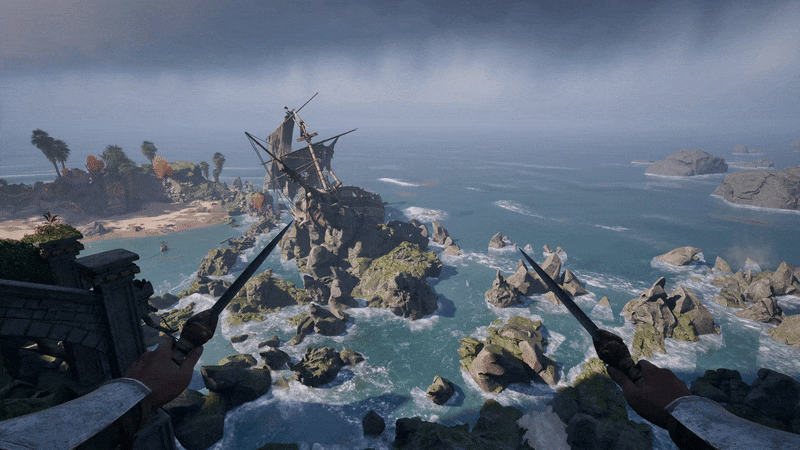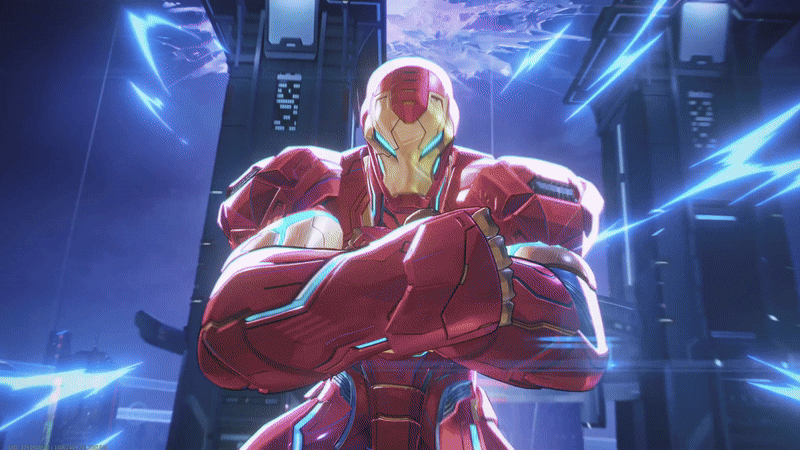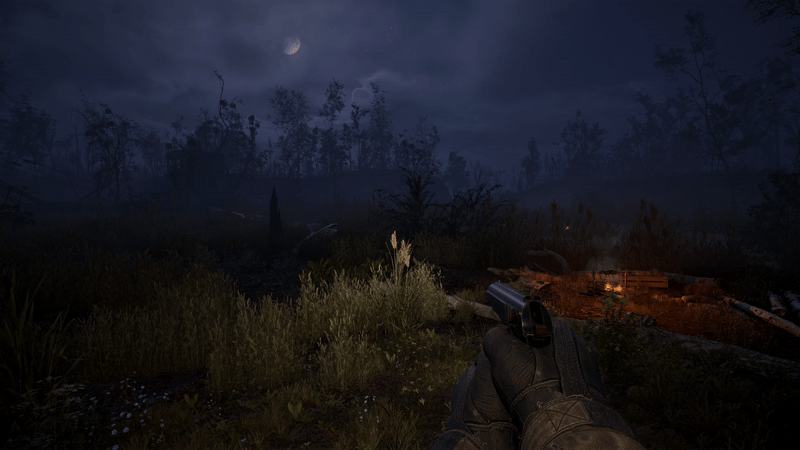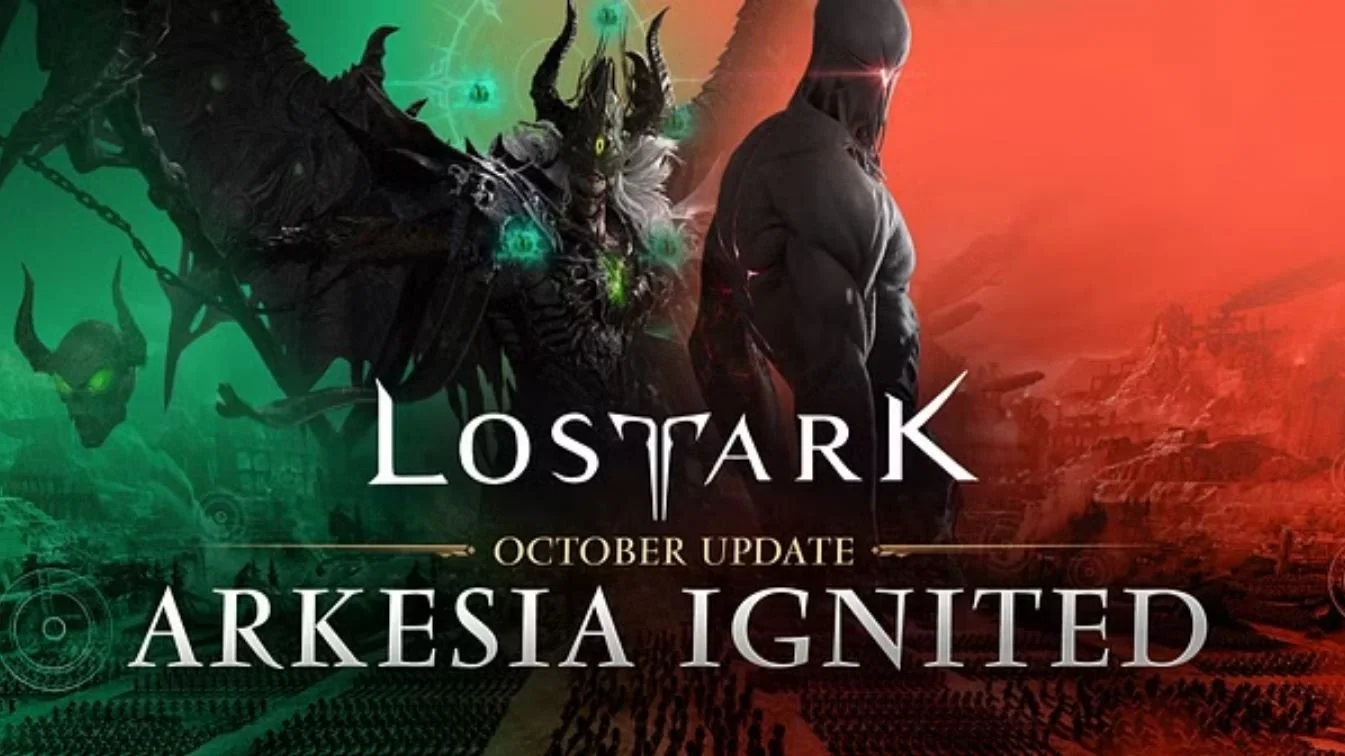Review code provided by the publisher
The Dark Eye series has finally made its way to console and as someone unfamiliar with the series, I just knew I had to give The Dark Eye: Chains of Satinav and The Dark Eye: Memoria a try. These two point-and-click adventures offer expansive stories with wondrous worlds and characters that make them feel real. At first glance, you’d think that they’d be a breeze but the difficulty really conveys the maturity of what The Dark Eye series has to offer. This isn’t the Putt-Putt games we grew up with, this is the big leagues.
Story
Both titles follow a bird catcher named Geron on a multi-layered quest. In Chains of Satinav, his duty is to find and destroy an adversary that was long thought to be dead and bring back peace to Aventuria. Along the way, he meets a sarcastic raven and a fairy whom he finds himself bound to in his race against time.
In Memoria, we again follow Geron following the events of CoS. This time, we have a second playable character, Princess Sadja. Set as a story within a story, it’s up to Geron to solve the fate of Sadja and her long-forgotten land of Fasar.
Both stories are told in a very clear way and there is tons of exposition within each one from both the main characters and side ones. You can tell that these worlds and the stories told within are very thought out, leaving nothing behind. At times I did find there to be too much information, but a couple of button presses and the spoken lines just skip.
Gameplay
Chains of Satinav and Memoria play very similarly and really don’t deviate from each other making it a truly seamless experience from one to the next. The majority of the game will have you clicking around scenes and interacting with either items or characters within them. Sometimes an item you may need is in another area and you’ll have to bring it back by using what you have or by speaking with someone and figuring out what they want for it in return.
The 3 main modes of figuring out the solution to what’s needed are the interaction option, the examine option, and the placing option. Interactions normally just allow you to pick something up and add it to your inventory. From there, you can save those items for future problems you need to solve or combine them with other items to then solve problems. Besides that, you oftentimes can open doors and chests or boxes to find other items to add to your inventory.
The examine option usually gives some exposition to what you clicked on and a very subtle hint on what is needed to be done in order to progress if that is the right path. I didn’t use this option all too much but found it useful when I got stuck. Lastly, there’s the option of placing the items you have onto other environmental objects or giving them to another character. This option and the interact option go hand-in-hand most of the time.
Finally, there are a couple of other cool things that our heroes can do to interact with these puzzles which offer another layer of difficulty. They both have magic powers surrounding them. Geron for example has his own magic which he can use to break things which put new routes into play. Sadja has a magic staff that follows her commands by doing things like turning out the lights. It’s both fun and irritating at times when there’s so much that can be done in a single area and if you don’t look at everything very closely, it can be overwhelming.
Visuals
The developers did an absolutely fantastic job in crafting a beautiful looking world. The characters and environments look like a work of art at every step of the journey. It even felt a little nostalgic to me for some reason and I can’t complain about that.
Audio
The weakest part of these games to me is the audio. The sound mix itself isn’t bad, it’s just the actual delivery of some of the character’s lines. There’s a lot of cheesiness, primarily in CoS as opposed to Memoria. It’s not a real complaint, as I enjoyed the story and characters nonetheless but it is worth pointing out. I even liked hearing Geron’s actor become more comfortable and real by his second time playing the character in Memoria.
Replayability
The density of the world, puzzles, and stories that both of these games have to offer is enough to warrant another playthrough. These aren’t the type of games that you should expect to dive into and beat almost immediately. You’ll want to go in, soak up the world, and take your time as you set out on these adventures.
What It Could Have Done Better
Besides the silly dialogue, the biggest gripe I had with either game was just how difficult they could be at times. Some of these puzzles’ solutions didn’t make sense and weren’t at all plausible, making me have to search for a walkthrough online. Some also require too many steps from the player and felt as if there could’ve been a more grounded solution.
Verdict
The Dark Eye: Chains of Satinav and The Dark Eye: Memoria are beautifully told stories set in an intriguing world with deep characters. It did its best to stump me in its puzzles and did it with ease time and time again. While some puzzles felt purposefully unfair, it’s hard not to appreciate the outside-of-the-box thinking that went into them. If you think you’ve graduated from the point-and-click adventures of your childhood, then test your knowledge with either of these. Good luck, cause you’re going to need it!



